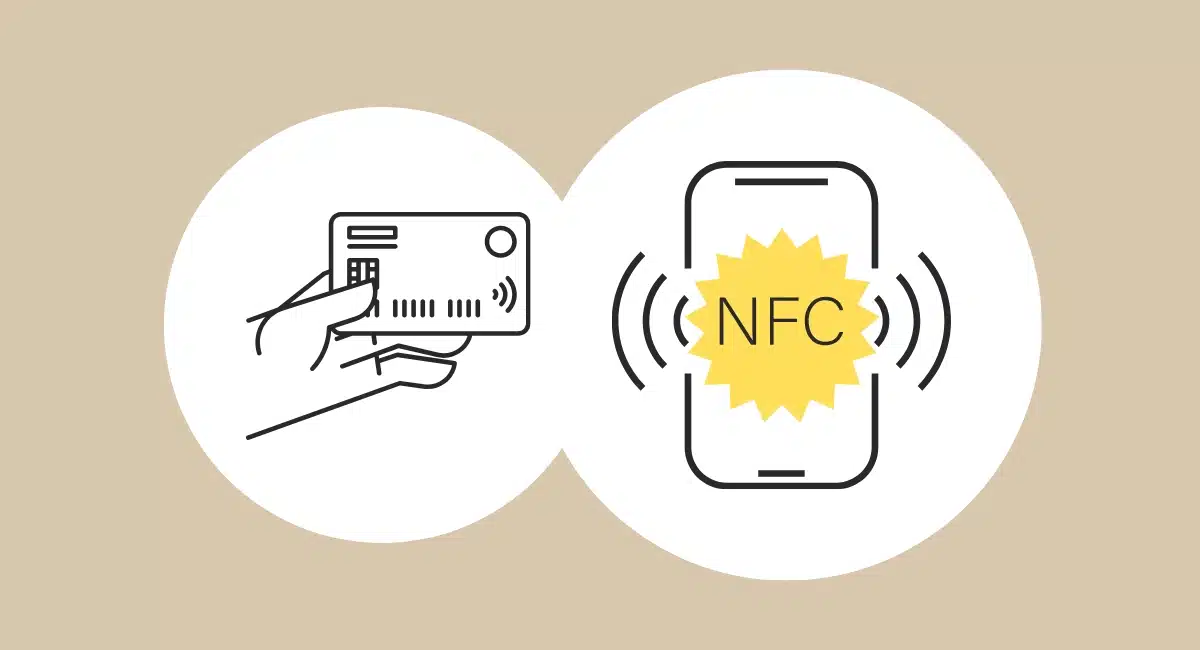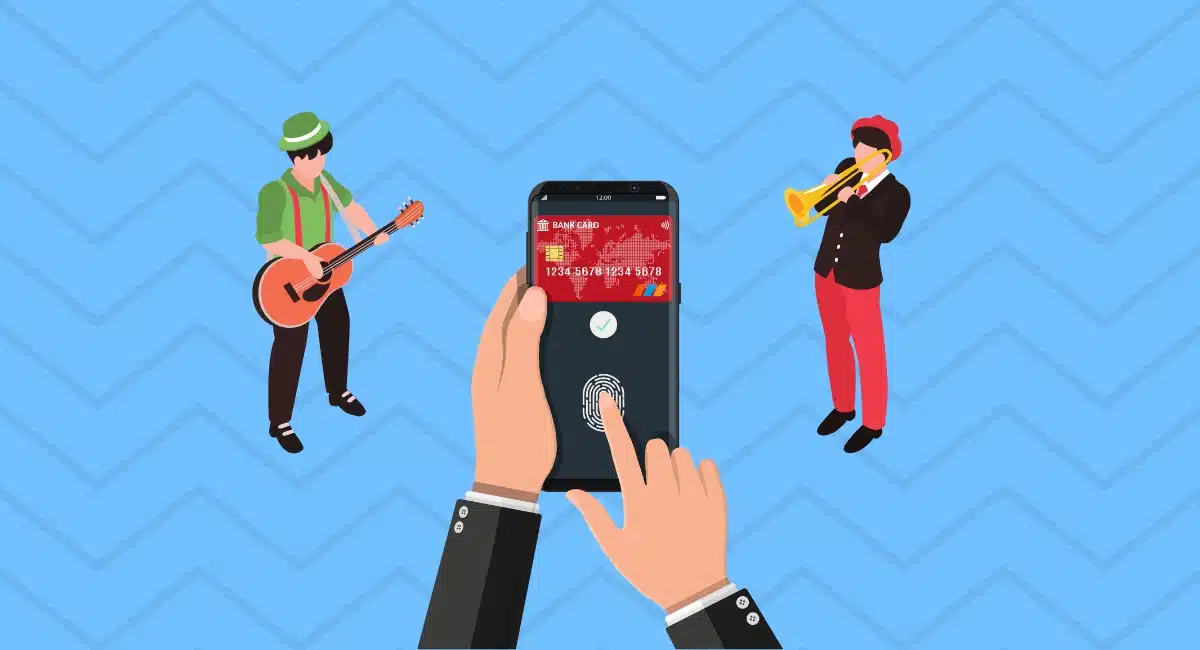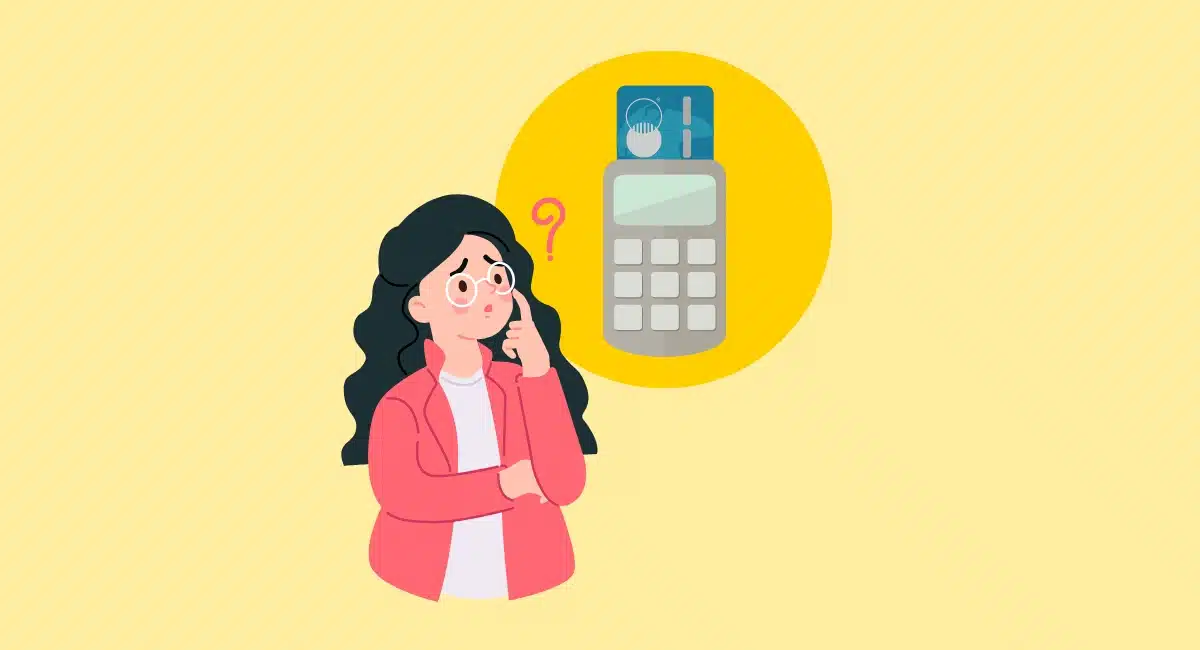Thanks to modern payment providers like iZettle and SumUp, it’s now straightforward to give your small enterprise the kind of payment handling capabilities that were once the exclusive preserve of larger businesses.
The ability to accept card payments any time and anywhere increases your potential revenue and customer base, with individuals increasingly relying on their cards and carrying less cash.
Here are five invaluable tips for selecting and using mobile point-of-sale systems.
1. Compare features and charges
Mobile point-of-sale systems vary considerably when it comes to functionality and charges.
For example, most accept contactless payments, as well as chip and PIN, and usually Apple Pay and other mobile wallets. Some can work for cardholder not present (CNP) transactions – ideal for food delivery services, for example – while others lack this option.
Then there are the commission charges, which are sometimes just a straight percentage, but sometimes more complex, including ongoing monthly fees.
Choosing the right mPOS system can have a direct impact on the flexibility of card handling. Does it all make good financial sense for your firm? Our POS and card machine reviews can help you choose the right option.
2. Test your system before use
When you start using a new mPOS system, it’s essential that you take the time to process a few test transactions before you start using the new reader “in the wild”.
Make sure you can handle everything from basic chip and PIN transactions to contactless and CNP sales (if you plan to offer them). Refunding the money used to conduct these tests will make sure you become practised in processing refunds too.
3. Check your mobile signal
With mPOS systems using the internet to run their apps and authorise transactions, you need to make sure you have a decent mobile data connection (Edge might work, but most providers only guarantee processing through 3G and 4G) or WiFi signal at the location(s) where you’re taking payments.
This means that if you sell products in a range of locations (such as food festivals) one of your first setup jobs upon arrival at a new venue should be to connect to WiFi and/or checking your mobile signal. After all, no signal means no mobile payments.
To ensure you can take payments effectively almost all the time, you may wish to consider maintaining accounts with more than one mobile provider and using an unlocked device – this gives you some options if you find yourself in a signal black spot. If you use your mPOS system with a mobile network from a fixed location, choose the network provider with the best data coverage.
4. Ensure you pack sufficient power
As well as having a mobile signal, you need to make sure your devices are charged sufficiently to last the distance.
If this means making it to the end of an event where you may not have anywhere to charge your mobile device, you’ll need to get a mobile battery pack to give your device a boost if you start to run out of power.
You should also make sure the mPOS device is fully charged. There’s nothing worse than missing out on sales because you’ve got no way to authorise transactions.
5. Advertise your ability to accept cards
Customers won’t always assume you’re able to accept cards, and there’s no guarantee they will ask. In fact, if you work in environments that people would generally expect to be “cash only” (such as product fairs), your ability to take card payments may come as a surprise.
So make sure you make plenty of noise about your ability to accept mobile payments, and make use of all the stickers, logos and decals on offer to you. Your ability to take a mobile payment could win you a customer who would have otherwise passed by due to a lack of ready cash.




